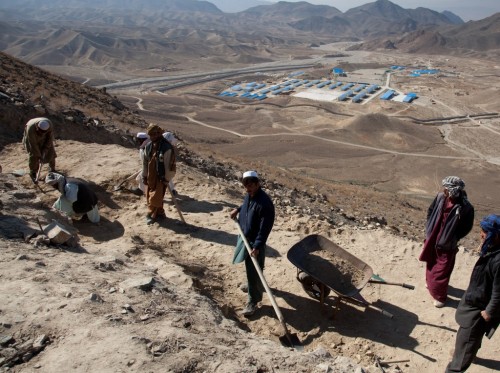The Blessed Buddha once said:
Bhikkhus, these 8 things, when cultivated & refined, lead to going beyond
from this near shore, right here, to the far shore beyond all... What eight?
Bhikkhus, these 8 things, when cultivated & refined, lead to going beyond
from this near shore, right here, to the far shore beyond all... What eight?
Right View
(sammā-ditthi)
Right Motivation (sammā-sankappa)
Right Speech (sammā-vācā)
Right Action (sammā-kammanta)
Right Livelihood (sammā-ājīva)
Right Effort (sammā-vāyāma)
Right Awareness (sammā-sati)
Right Concentration (sammā-samādhi)
Right Motivation (sammā-sankappa)
Right Speech (sammā-vācā)
Right Action (sammā-kammanta)
Right Livelihood (sammā-ājīva)
Right Effort (sammā-vāyāma)
Right Awareness (sammā-sati)
Right Concentration (sammā-samādhi)
These 8 things, when cultivated and refined, lead to
going beyond from
this near shore, right here, to the far shore beyond all imagination.
The Well-Gone-One, the supreme Teacher, then added this:
this near shore, right here, to the far shore beyond all imagination.
The Well-Gone-One, the supreme Teacher, then added this:
Few humans cross to that sublime far shore beyond all
being.
Mostly, people just run up and down along this barren bank!
Those whose praxis is like this even and exact Dhamma,
Will pass beyond the State of Death in quiet harmony!
Having left all the dark and evil doing, any intelligence
Seeks the luminous bright light by leaving this turmoil,
by going forth into solitary & silent homelessness.
Secluded from lust, he experiences an unworldly bliss!
Owing nothing, the wise and clever man thereby cleans
himself of all these mental pollutions and defilements...
Mentally well evolved by the 7 links to enlightenment,
Delighting in non-clinging and relinquishment of all,
Such luminous ones, having quenched all fermentation,
Are fully released even right here in this world!

Crossing...
Mostly, people just run up and down along this barren bank!
Those whose praxis is like this even and exact Dhamma,
Will pass beyond the State of Death in quiet harmony!
Having left all the dark and evil doing, any intelligence
Seeks the luminous bright light by leaving this turmoil,
by going forth into solitary & silent homelessness.
Secluded from lust, he experiences an unworldly bliss!
Owing nothing, the wise and clever man thereby cleans
himself of all these mental pollutions and defilements...
Mentally well evolved by the 7 links to enlightenment,
Delighting in non-clinging and relinquishment of all,
Such luminous ones, having quenched all fermentation,
Are fully released even right here in this world!
Crossing...
To the Other Side...
Source (edited extract):
The Grouped Sayings of the Buddha. Samyutta Nikāya.
Book [V:24] section 45: The Way. 34: Gone to the other side ...
http://www.pariyatti.com/book.
http://www.accesstoinsight.
The Grouped Sayings of the Buddha. Samyutta Nikāya.
Book [V:24] section 45: The Way. 34: Gone to the other side ...
http://www.pariyatti.com/book.
http://www.accesstoinsight.
The Other Side...
Have a nice & noble day!Friendship is the Greatest!
Bhikkhu Samāhita _/\_ ]
http://What-Buddha-Said.net











